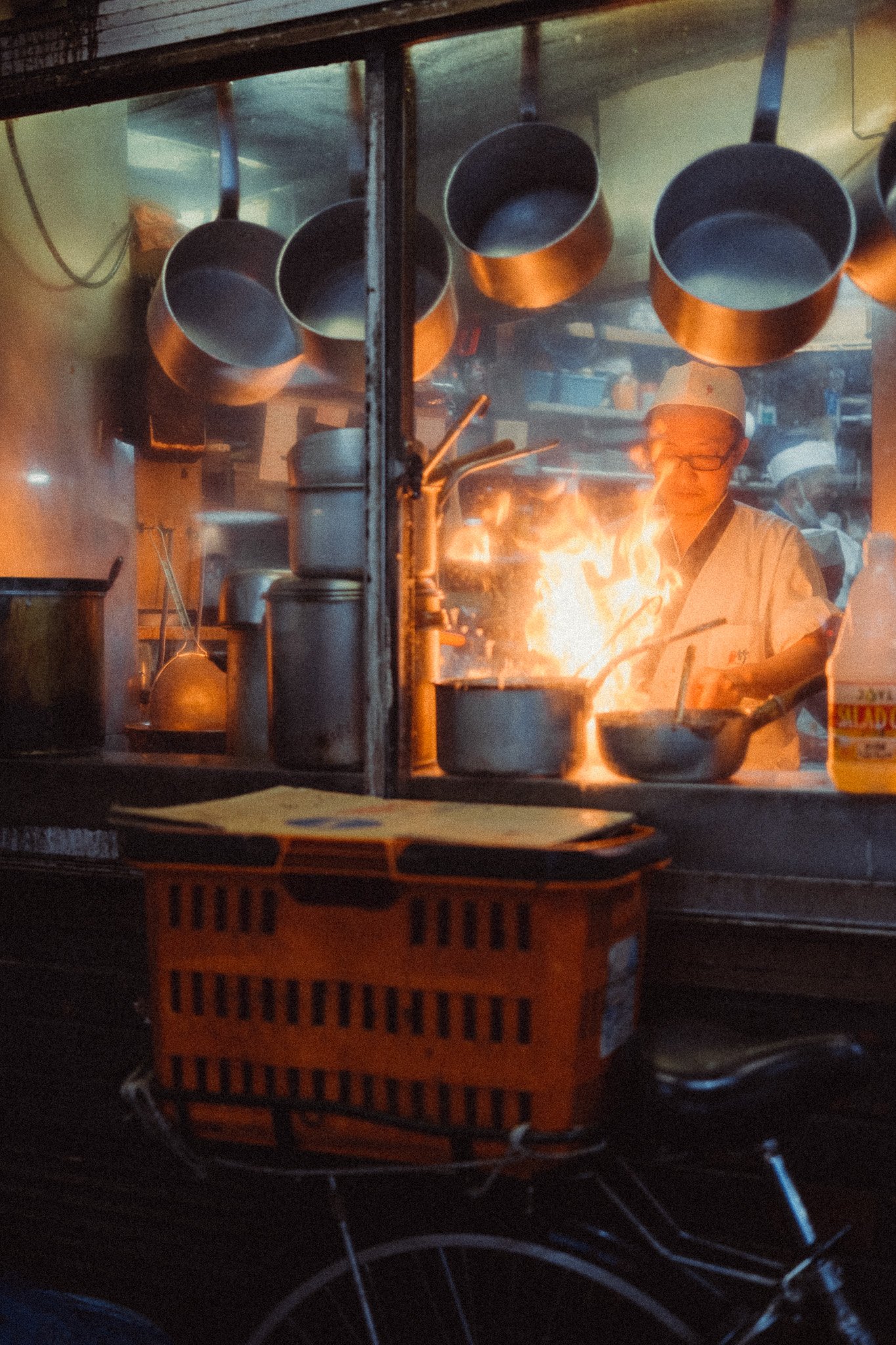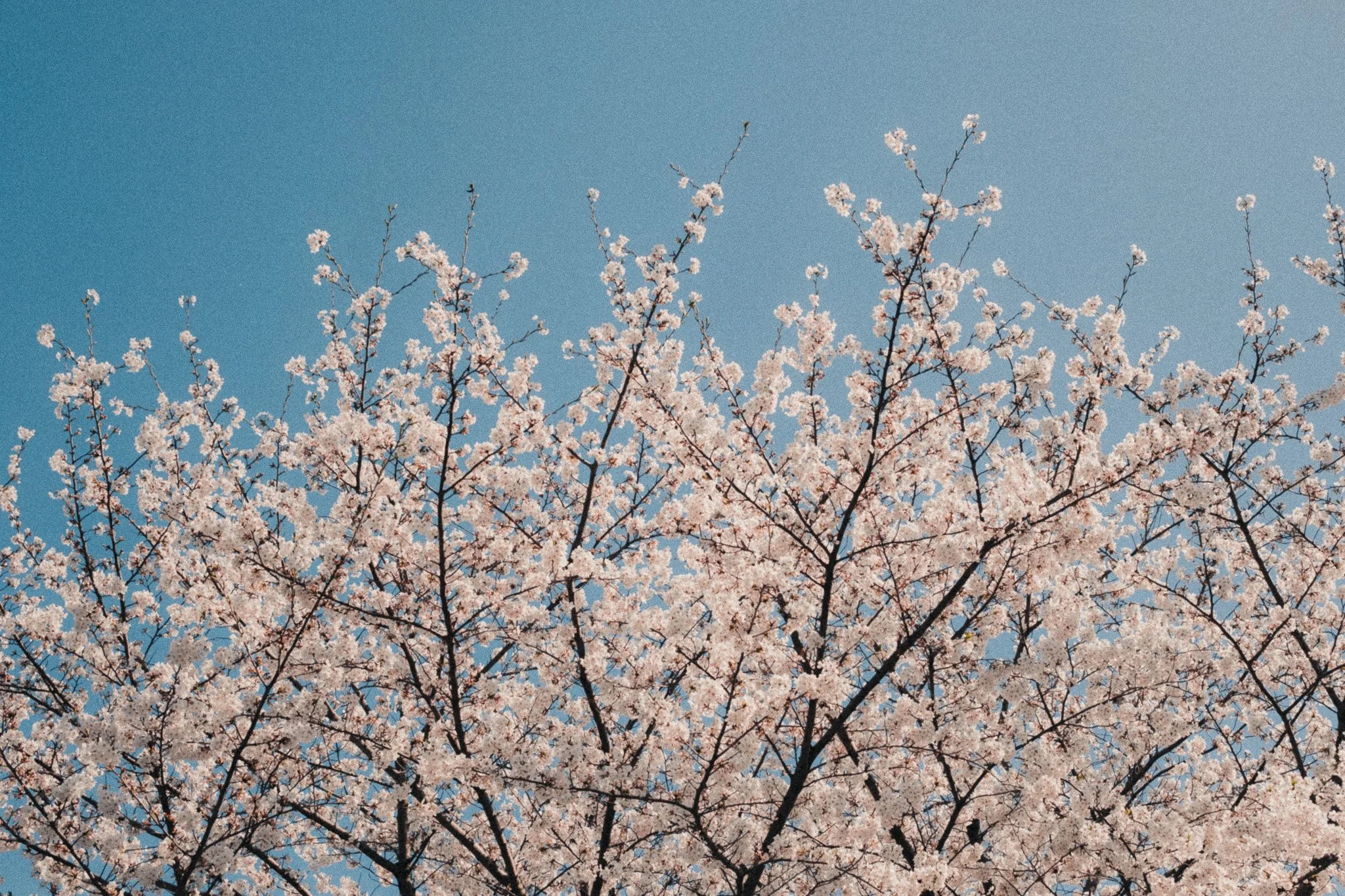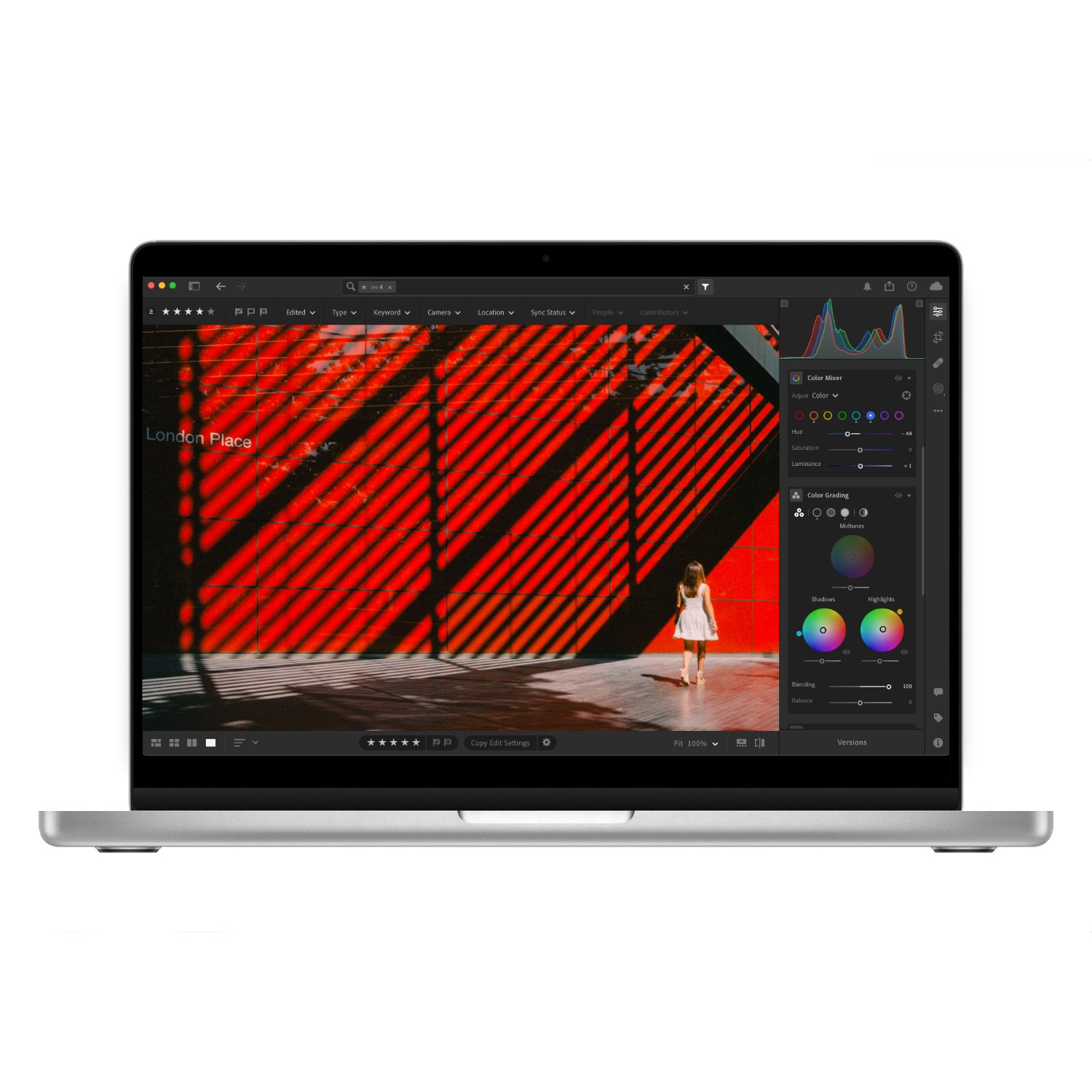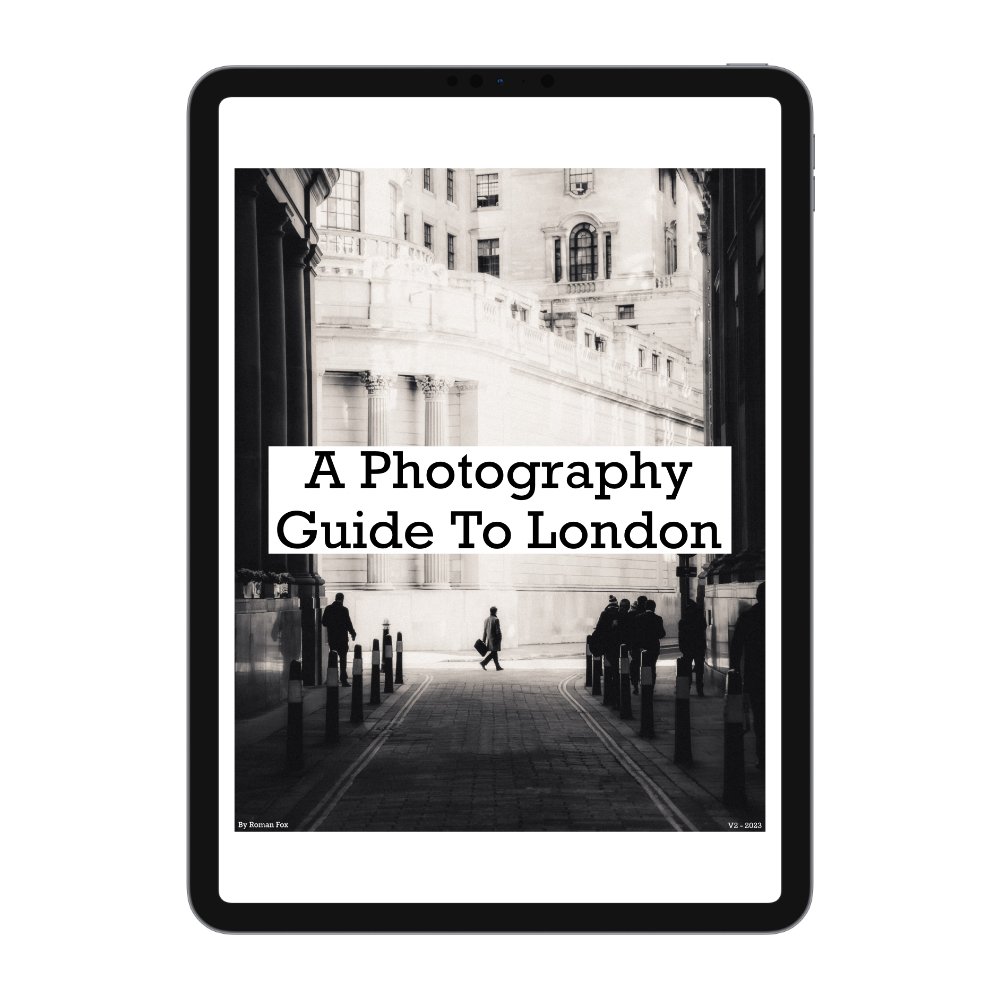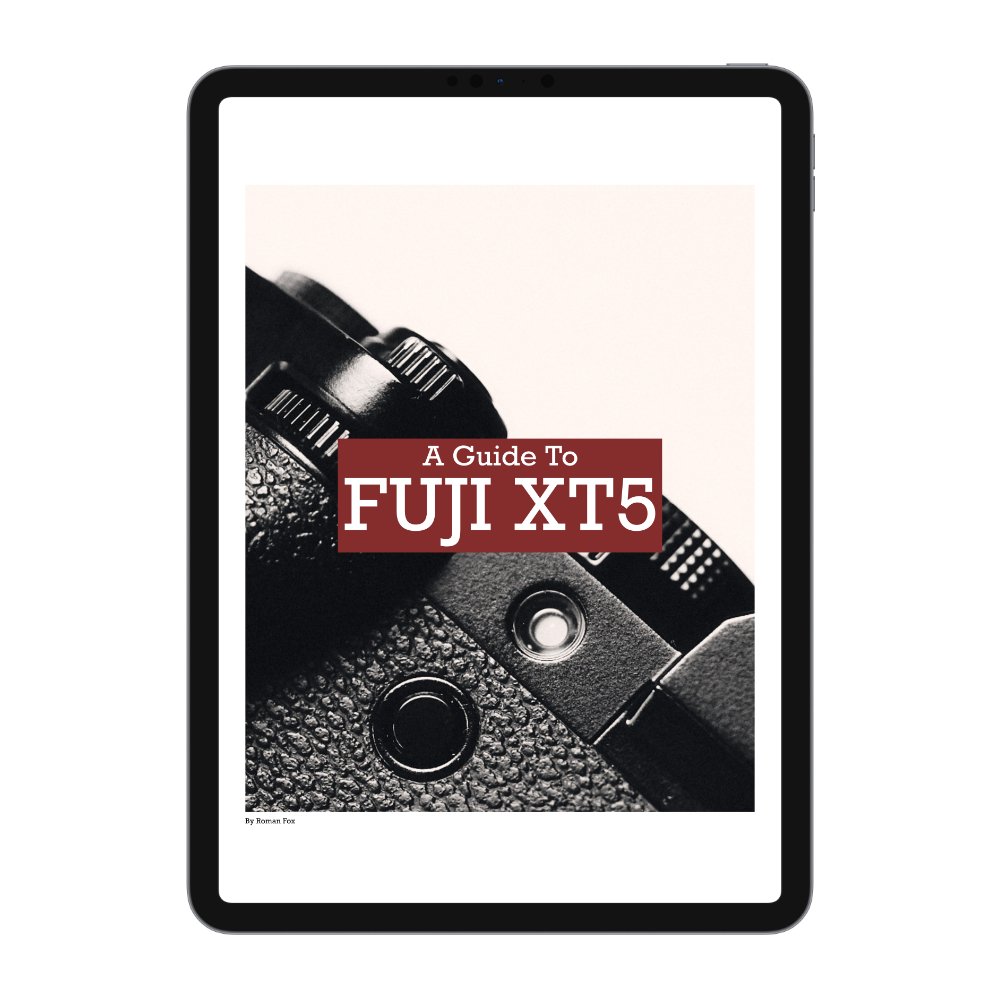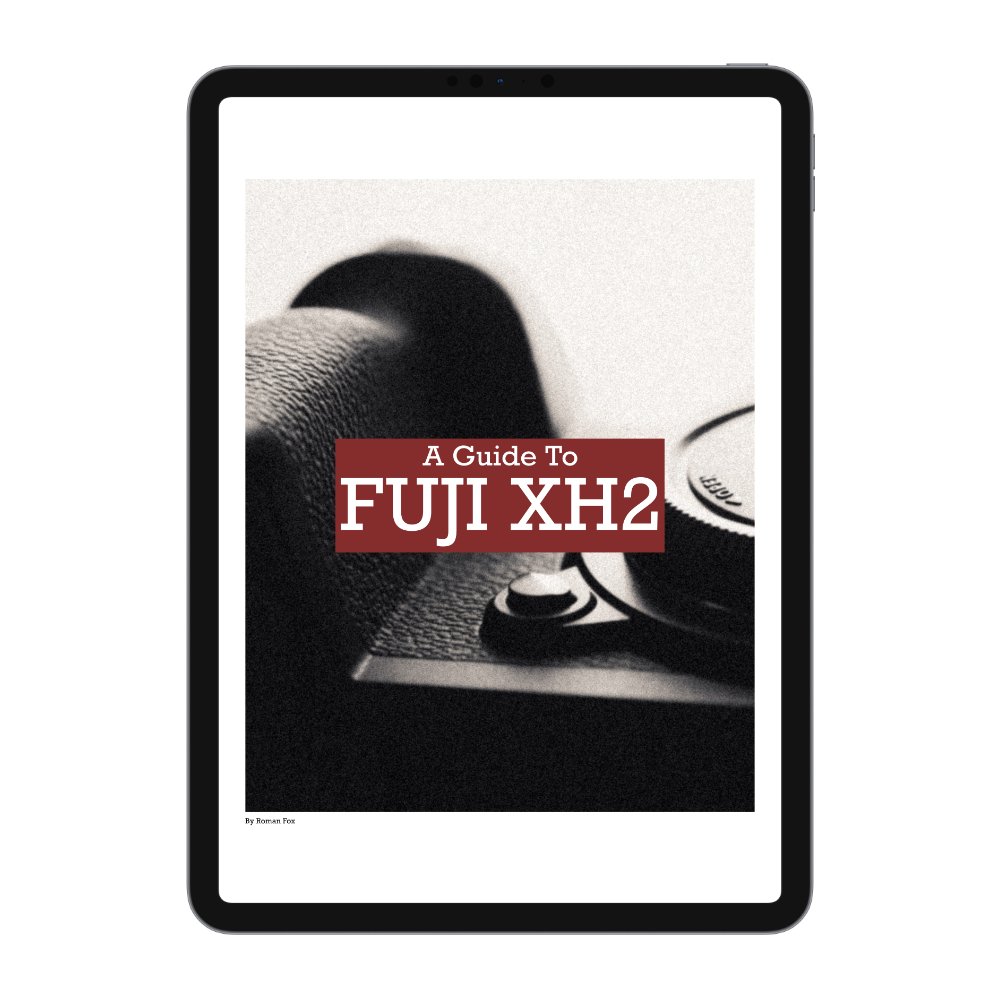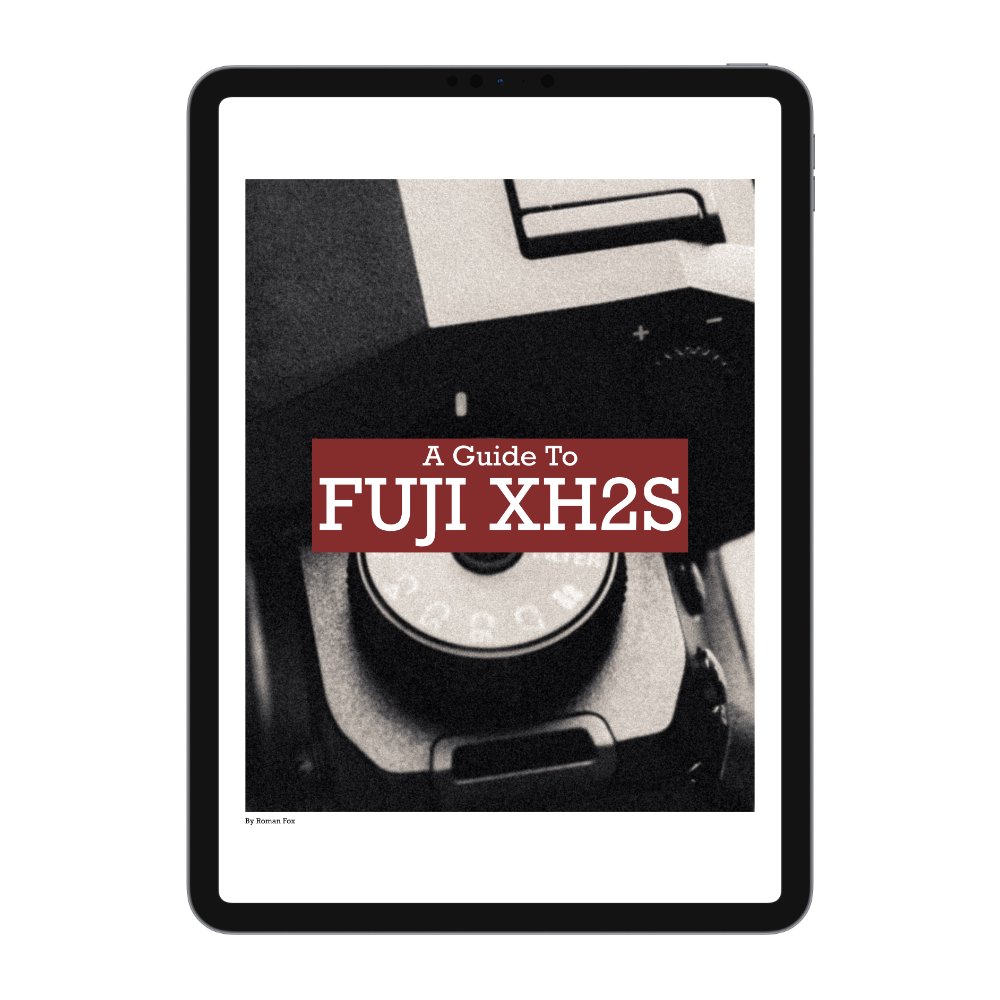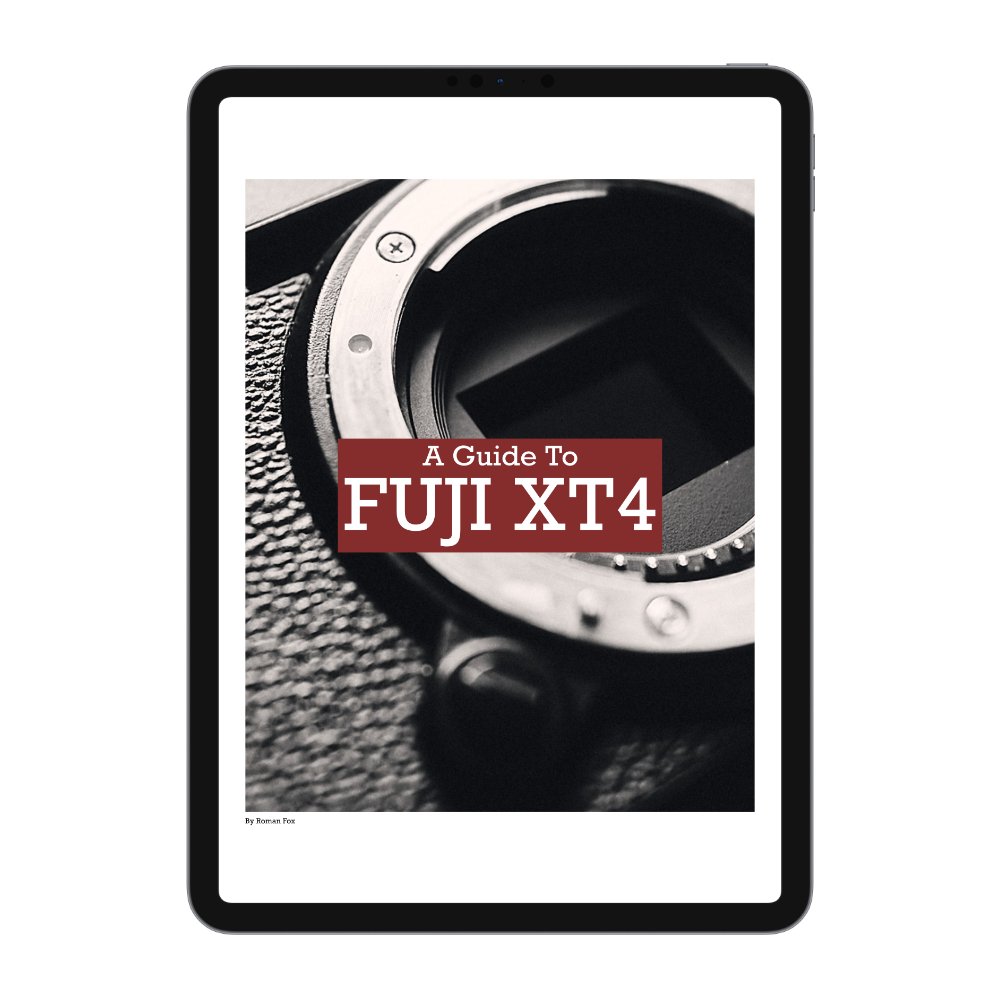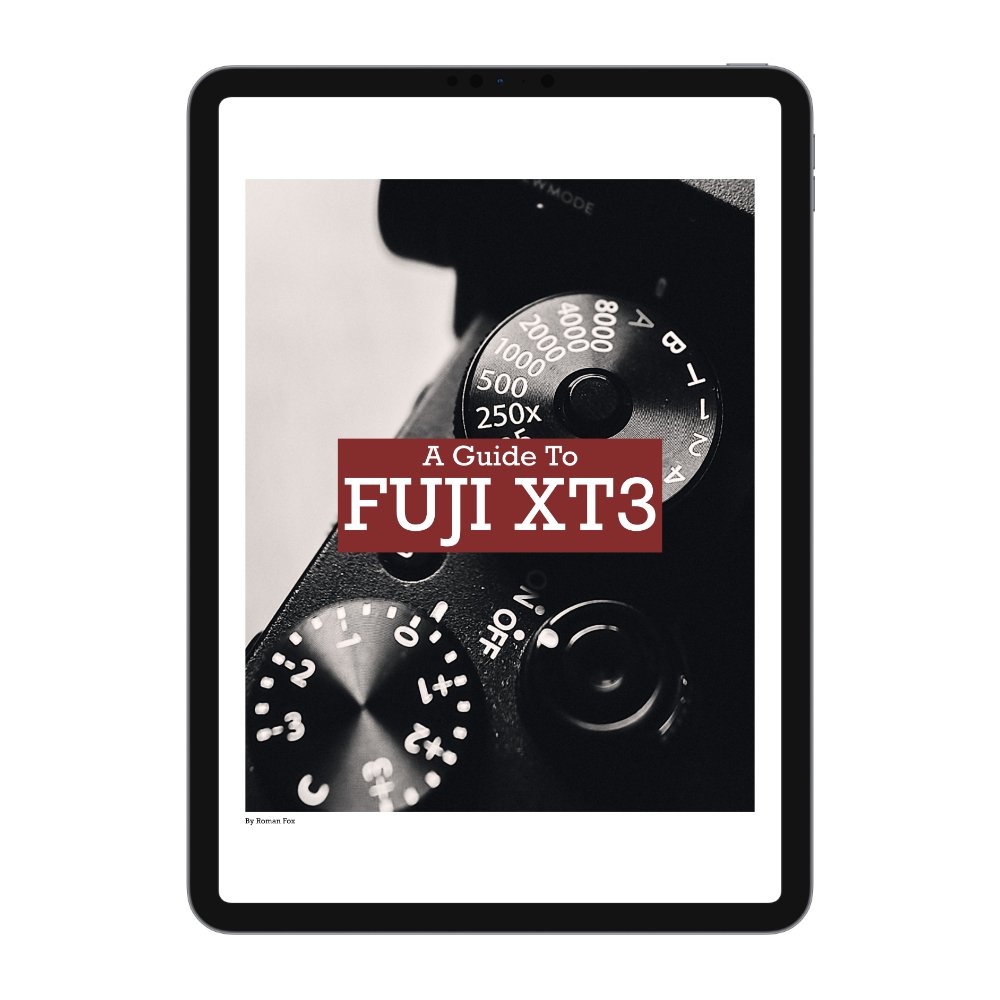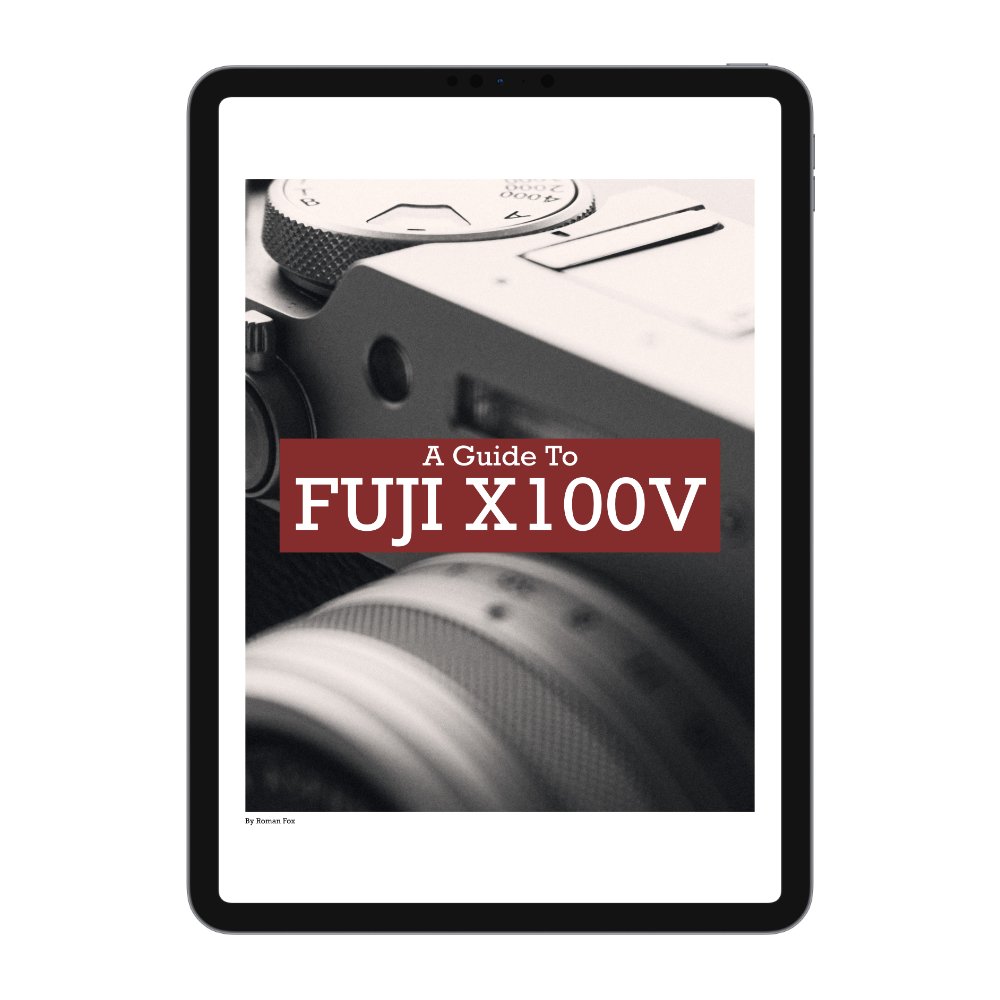How To Photograph Tokyo
When it comes to photography not much can come close to Tokyo. From the clean streets of Ginza to the bustling markets of Tsukiji. From the chaotic nightlife of Shibuya to the peaceful seaside escape in Kamakura. This city has everything for everyone and after 2 months here, I’m making this quick guide on how to photograph this incredible place. Please keep in mind that this isn’t a comprehensive guide, we would be here for years if it was. This blog gives you the key places to get a well rounded experience in a short amount of time.
Why Tokyo
There are many places to shoot, so why pick Tokyo? The first reason is the variety of areas, locations and environments. If you want chaotic neon lit nightlife, Shibuya or Shinjuku has you covered. If you prefer quieter neighbourhoods, places like Yanaka come to mind. You have Giza that gives you a modern and minimal aesthetic while a few minutes down the road you get the organised chaos that is Tsukiji Market. Finally if you ever get overwhelmed, you can either escape to the seaside or Fuji.
Even though Tokyo is a mega city, it’s incredibly easy and efficient to get around. The train and metro network is one of the best and most efficient in the world. Equally there are taxis everywhere that won’t break the bank and offer a great way to get around.
Tokyo is one of the safest and cleanest cities in the world. It’s the only place where I felt totally comfortable shooting into the night and having my camera on a cross body strap. This city is built around convenience, anything you need at anytime of the day. Finally if you love Japanese cuisine, then you will be in heaven. I’m personally not a fan however I found ample healthy and not so healthy food choices that were all outstanding.
Before You Arrive
There are four requirements that will make your journey much easier and these need to be done before you arrive. First is to ensure you have a return or onward journey. I’m sure for some this wasn’t an issue but when I landed in Japan, they were thoroughly checking to ensure you have return or onwards transport booked. Secondly you need cash. Although cashless payments are becoming very common, many places (especially independent businesses and market stalls) only take cash. You can get this at the airport or beforehand, up to you. If you have an iPhone, go into the Apple Wallet App and under transit cards add the ICOCA card. There are other options that all do pretty much the same but I can only vouch for ICOCA as that’s what I used. This is going to be your main transport and payment card. You can use it on all public transport and even use it to pay for things in places where credit cards are not accepted. Just top it up via Apple Pay and you’re good to go.
Finally make sure you have a translation app on your phone with offline capability. I use Apple Translate and it worked great. Most people don’t speak English or have very limited knowledge of basic words.
When To Visit
I spent 3 months in Japan from March through to May and have spoken to many locals and other travellers about best times to visit. I would suggest May or September. You get perfect weather and less crowds. If you come in March or April, you will have to deal with the Sakura tourists and it becomes unbearable. The winters can be brutally cold while the summers are extremely hot and humid. I heard October is a great month too but I’m yet to see.
How Long To Stay
There is no optimum duration because it depends on your available time and money. I would say as a bare minimum 1 week but if you can stay for longer, then 1 month will allow you to cover pretty much everything with some downtime in between. A sweet spot is 2 weeks. This gives you enough time to see all the noteworthy spots, get a couple day trips in and have a day to chill.
Where To Stay
During my visit I stayed in a few different areas and by far the best one was Ebisu. Located just one stop away from Shibuya, you’re central and close to all the main spots without being right in the middle of the chaos. Unlike Ginza, staying in Ebisu feels like you’re in Japan and not in any modern city all while having great food, amenities and transport. Ebisu is on the H line and JR lines. This means it’s one of the best connected spots and it’s easy to get almost anywhere including leaving Tokyo.
Getting Around
There are 3 main ways to get around Tokyo. The first and easiest way is by using the train and metro system. You have metro lines just like any city as well as the JR Line trains which overlap and offer express routes. The train network may seem incredibly complicated however after a while you will understand it, although some of the major stations like Shinjuku can get rather overwhelming. In the stations you have English translations and announcements and there’s always someone to help. As for navigating, I found Apple Maps to be superior to Google both in terms of accuracy and route choice. Finally keep in mind that trains can get very busy especially during rush hour and it’s not uncommon for things to get very tight with people pushing in and using all the available space.
The second way to get around is to grab a taxi by either flagging one down or using Uber. In Tokyo, Uber is used for traditional taxis, not private hire like in Europe. Taxis are also efficient, easy and affordable especially if you have luggage. Keep in mind that for some journeys they can take longer than trains due to traffic.
Last but not least walking is a great way to see the city if you’re happy to spend hours on foot and cover many miles. The distances are huge and it’s not uncommon to spend 2-3 hours walking from one spot to another. With that said, you will walk through many great neighbourhoods and will end up seeing a lot of Tokyo that you would otherwise miss.
Photography
Photography is very popular in Japan. I’ve never seen so many camera shops and such a passion for this craft. It’s not uncommon to bump into photographers in every part of town either shooting street, architecture or portraits. This should come as no surprise that photography is accepted and tolerated unlike many other countries where things can be more hostile. With that said people here will make it clear if they don’t wish to be on camera and you have to respect that. They will usually make a cross with their hands to signal they don’t want to be photographed. Equally they will make it clear when they’re happy to be on camera.
Japanese people are respectful, polite and quiet. Therefore they will not make a scene even if they feel something is not right. Unfortunately in my time here I’ve seen many photographers take advantage of that and photograph people in a way that they would never dream of back home because they know they will not get any confrontation. It’s not up to me to say what’s right or wrong, all I can say is be respectful and remember you’re a guest. Use common sense and if you feel your actions may upset or alarm someone, then it’s better to put the camera away.
As for gear I found myself mostly shooting between 35mm and 85mm in full frame terms. Many smaller streets, markets and cramped neighbourhoods worked well with the 35mm. The 50mm was great for focusing more on subjects while the 85mm worked well for picking out details, shooting abstract or finding simplicity in chaotic scenes. Whatever gear you choose, my main advice is to keep your set up small and light.
Things To Keep In Mind
Japan has many small rules and customs that at first may seem strange but once you understand the culture and society a little, they will make sense. This isn’t a blog about that so I won’t go into details, but I would suggest reading up before visiting. At the moment Japan is going through a huge tourism boom with 2024 being the busiest one yet. This leads to insane crowds at popular locations, annoyed locals and a general reduction in respect for the environment and people. I’ve seen people chase geishas, some idiot trying to jump on a deer in Nara, littering and general dick behaviour. This has resulted in certain viewpoints or even entire areas being made off limits to visitors. Furthermore if you want to eat out, get ready to either book ahead or wait in long lines that can easily stretch into over an hour especially in popular spots. You can get around this by going to less popular areas or restaurants, ordering from Uber Eats or in worst case scenario popping into a convenience store.
Ginza
Let’s start in Ginza which is Tokyo’s high end fancy district. It’s very modern, clean and minimal. The roads are wide and the streets are littered with reflective surfaces, clean lines and contrast. This means you can get creative with abstract photos, reflections and diffusions. Ginza is also home to a ton of offices so on weekday expect plenty of well dressed people walking around. Finally Ginza is full of amazing architecture and viewpoints. I found myself mostly shooting with longer focal lengths here. Either 50mm or 85mm.
Tsukiji
Just down the road from Ginza is Tsukiji Fish Market. It’s very well known so it gets a little busy, however it’s great for street photography with ample tight alleyways to explore. If you come on a sunny day expect harsh contrast while a rainy day will give a softer and more muted feel. Of course if you love seafood, you will have a great time here but even if not, there’s other stuff to eat. I found myself mostly shooting at 35mm or even wider at times.
Shimbashi
On the other side of Ginza you will find Shimbashi. This is more of a night life area so it has an older, rougher and dirtier feel. During the day there isn’t much going on and it’s only at night where it comes to life as this is where all the city workers come to drink. The area isn’t huge and is an easy walk from Ginza, so you will end up doing loops and shooting the same streets. I suggest start at the station and work your way out. Watch out for traditional yakitori places that are constantly grilling meat. All the smoke pours into the street and although it can stink, it will also make for some great photos. I mostly used the 50mm here.
Shibuya
Sticking with the nightlife theme, the next location is Shibuya. This is probably the most well known one and is home to that famous crossing that’s quite an experience. Shibuya is great at any time of day. You can shoot reflections, people, wider scenes and even find some clean and abstract spots especially around the new developments. While you’re there make sure to check out Shibuya Sky for the best view of Tokyo and a birds eye view of the crossing. During the day focus on light and shadow play while at night shoot all the neon lights and smoke filled food joints. Shibuya is also home to some amazing characters and although I personally don’t shoot people that much, this is a great spot for it. I mostly used the 50mm here.
Shinjuku
A stones throw away from Shibuya is Shinjuku and it’s a mix of two very different personalities. On one hand you have the wonderful Gyoen Park and quiet streets. On the other hand you have the party and drinking centre of Tokyo. During the day focus on the smaller back streets and parks. At night focus on the nightlife area. Shinjuku is full of tight alleyways full of bars and small independent grills however keep in mind not all of them like to be in photos. They will either have a sign to say so or make it clear if they don’t want to be on camera. While in Shinjuku have a wander around Golden Gai which is a collection of tiny bars. Great for a drink and to shoot late into the night. Other than that just keep doing loops and exploring any random street you see as this place is a maze and there’s always a nice surprise somewhere. Just like with Shibuya and Shimbashi, this location is full of life, neons, lights and a great atmosphere for night photography. I mostly used the 50mm here.
Nakano
Similar vibe to Shimbashi but on a smaller scale and with a bigger focus on food. 50mm was my go to here.
Yanaka
Yanaka is a sleepy part of town but one that’s worth exploring, full of tiny streets and narrow alleys. This isn’t a huge area so you don’t need to dedicate much time, but I feel it’s a nice change of pace. I mostly used the 35mm here.
Akihabara
This is the gaming and anime district of Tokyo however even if you’re not into it, it’s amazing to explore. Specifically walking along the train tracks and if you visit on a Sunday, the main road is closed for traffic meaning you can walk right down the middle. I mostly shot on the 50mm here.
Asakusa
Asakusa is a must for every visitor and photographer. Temples, bustling streets, small alleyways and many interesting characters to shoot. Unfortunately I only spent a morning here but aim to return again soon. I mostly shot at 35mm and 85mm.
Shimo-Kitazawa
The final noteworthy Tokyo stop is Shimo-Kitazawa. Located just one stop away from Shibuya, this is a quiet and hipster area full of great coffee, food and vintage stores. Although you can get some amazing shots here, I personally found this spot ideal for chilling out or catching up on emails in a coffee shop. 35mm is perfect here.
Kamakura + Enoshima
As amazing as Tokyo is, chances are you would want a break from the hustle and the noise. For this I would suggest heading to Kamakura, a wonderful seaside town located just over an hour from Tokyo with a direct train connection. Kmakura has everything from peaceful little coffee shops, long seaside strolls, temples, tiny streets, a photogenic railway and some incredible sunsets. Not too far from Kamakura is Enoshima Island that is also worth exploring. Finally on a clear day you can get some great views of Mt Fuji. I used a selection of lenses here such as 35mm, 50mm, 85mm and 135mm. I recently posted a blog on walking from Kamakura to Enoshima that you can read here.
Fujiyoshida
No photography trip to Tokyo will be complete without a visit to this wonderful sleepy town right next to Fuji. I’m sure you’ve seen the famous instagram spot however there is a lot more here than just that. The town is incredibly small and you can easily walk through most of it in a day. Although you can get a train there, the easiest way is to either hire a car or get a bus from Shinjuku. There are many different operators and all do the same job however I used this one - https://highway-buses.jp/course/shinjuku.php. Keep in mind that seats sellout fairly quickly so book ahead. There will be a separate detailed blog on this soon so keep an eye out. I mostly shot on 28mm, 50mm and 135mm.
If you found this blog helpful and wish to learn more about photography & travel while having direct access to me, please consider joining my Patreon community.

































